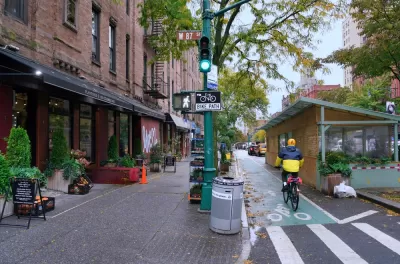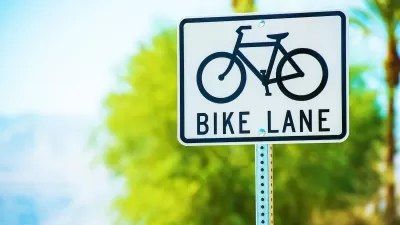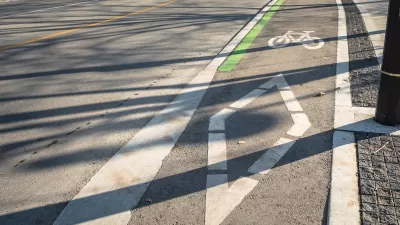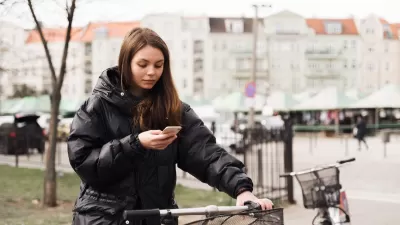Cyclists across the state resoundingly called for more safe bike infrastructure and trails, citing a lack of bike lanes as a top reason for not riding more.

Results of the New York Cycling Census indicate that, unsurprisingly, cyclists say better bike lanes and other safe bike infrastructure encourage more people to bike, writes Dave Colon in Streetsblog NYC.
“The need for safe bike routes to make cycling more popular might seem like an obvious solution to anyone who’s deep in the street safety fight, but one of the architects of the survey said that the results help make the case that every part of the state should make cycling infrastructure a priority.”
Across all New York counties, respondents expressed “overwhelming demand” for more bike infrastructure, according to the census. The census, which received 13,740 responses, was one of the largest U.S. bike surveys ever conducted. “The survey found that the top three reasons people rode their bike were for fitness (21 percent), fun (21 percent) or mental health (19 percent), and that the top three trip types on bikes were recreation (28 percent), exercise (27 percent) and commuting (17 percent).”
The authors note that data on specific reasons why people ride or don’t ride bikes can be a useful tool for policymakers and advocates, “as it allows for a new way for governments to figure out how to build bike-friendly communities.”
FULL STORY: “Cyclists Statewide Agree: More Bike Lanes Means More People On Bikes

Trump Administration Could Effectively End Housing Voucher Program
Federal officials are eyeing major cuts to the Section 8 program that helps millions of low-income households pay rent.

Planetizen Federal Action Tracker
A weekly monitor of how Trump’s orders and actions are impacting planners and planning in America.

Ken Jennings Launches Transit Web Series
The Jeopardy champ wants you to ride public transit.

California Invests Additional $5M in Electric School Buses
The state wants to electrify all of its school bus fleets by 2035.

Austin Launches $2M Homelessness Prevention Fund
A new grant program from the city’s Homeless Strategy Office will fund rental assistance and supportive services.

Alabama School Forestry Initiative Brings Trees to Schoolyards
Trees can improve physical and mental health for students and commnity members.
Urban Design for Planners 1: Software Tools
This six-course series explores essential urban design concepts using open source software and equips planners with the tools they need to participate fully in the urban design process.
Planning for Universal Design
Learn the tools for implementing Universal Design in planning regulations.
Ada County Highway District
Clanton & Associates, Inc.
Jessamine County Fiscal Court
Institute for Housing and Urban Development Studies (IHS)
City of Grandview
Harvard GSD Executive Education
Toledo-Lucas County Plan Commissions
Salt Lake City
NYU Wagner Graduate School of Public Service





























